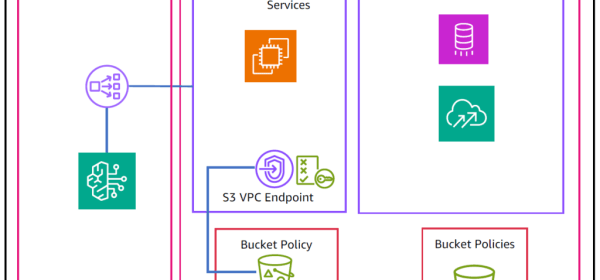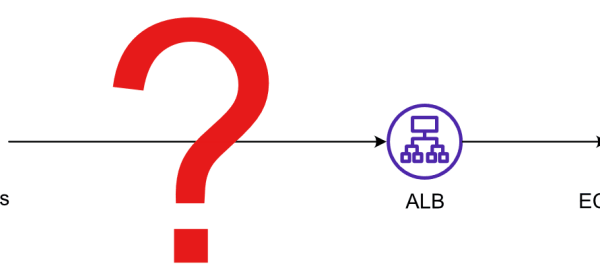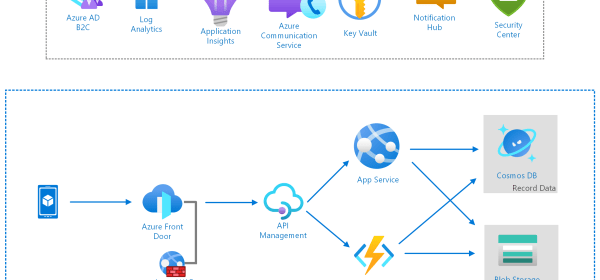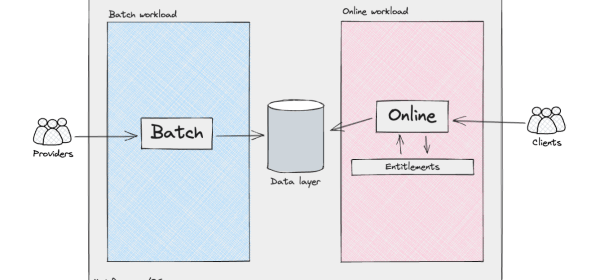The rise of generative AI poses challenges to cloud migrations due to data isolation, sharing, and costs. Amazon Web Services offers technical controls and business solutions to mitigate these issues, including leveraging AWS services like Amazon Bedrock and engaging the Cloud Center of Excellence. Proactive planning is essential to fully leverage generative AI and cloud synergies.








